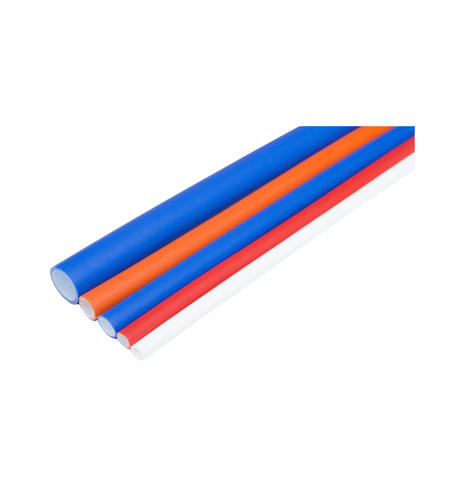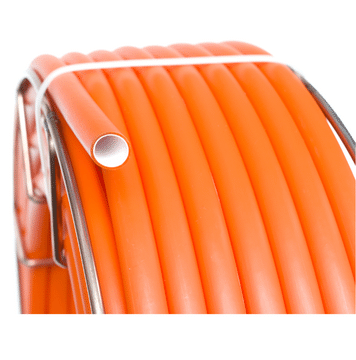For several decades, modern, fast and reliable telecommunications have been developed in Western European countries, Scandinavia and also in Poland. The dynamic development of fiber optic connections was influenced by the use of micro-duct systems, which, despite the "micro" in the name, opened up a number of completely new possibilities in the design, construction and operation of telecommunications ducts.

This solution allows the use of broadband transfer to many buildings in cities, and above all in non-urban areas, where the profitability of building telecommunications systems using existing technologies was too low.
Micro-ductwork is a natural evolution of the underground system with traditional cable ductwork. It uses microcables with reduced dimensions and increased fiber capacity . A fiber optic link is a cable made of glass fiber and plastics that is blown into micro-sewer pipes, such as the FiberGuard Micropipe offered by Ingremio .
What is a micropipe?
Micropipes are used to build and protect fiber optic networks. As part of this technology , the so-called microtubes into which thin and multi-fiber cables can be blown . Fast and efficient  introducing additional fiber optic microcables allows for very easy network expansion.
introducing additional fiber optic microcables allows for very easy network expansion.
Ingremio micropipes – characteristics and division of products
Micropipes are modern, high-quality products that are divided into the following types:
- single-layer , made entirely of homogeneous material,
- double-layered with an internal silicone layer , which is designed to reduce friction when placing the tube inside the optical fibers,
- with a smooth surface , i.e. without any profiling inside,
- with a grooved surface , i.e. with internal, longitudinal grooves to reduce the resistance placed inside the optical fiber.
Check out the offer of InGremio FiberGuard microducts in Onninen
Ingremio offers four types of FiberGuard microducts with the following symbols:
- FG (FiberGuard) ,
- FGG (FiberGuard Grooved),
- FGS (FiberGuard Silicon),
- FGGS (FiberGuard Grooved Silicon).
What are the differences between FG, FGG, FGS and FGGS micropipes?
The individual types of micro-sewer lines in our offer have many common features, but the differences between them allow you to choose the technology that will best suit your individual needs. Each micropipe is made of high-density polyethylene (HDPE-mod.). This material is distinguished by its tensile strength and resistance to high temperatures and many chemical compounds. It also has good dielectric properties. 
In FGS and FGGS micropipes we use an additional internal silicone layer. FG and FGS pipes have a smooth inner surface, and FGG and FGGS pipes have a grooved inner surface. All micropipes in the Ingremio offer are made of halogen-free materials.
Micropipes are available in 10 sizes, so it is worth taking a look at the table taking into account the inner and outer diameters and pipe thickness . When placing an order, you can choose from a palette of 12 colors - from white, gray and black, to yellow, red or purple.
Application of FiberGuard microducts
The primary use of Ingremio FiberGuard pipes is the construction and protection of fiber optic networks. The longer the fiber optic section, the more important the friction coefficient is. High-quality materials and advanced technology make FiberGuard micro-sewer pipes durable and reliable even after many years of operation , which allows for trouble-free replacement of optical fibers.
Why FiberGuard microducts from Ingremio?
- We can deliver micropipes upon customer request.
- We offer a wide selection of cables of various types in many sizes and colors .
- All our products, including micro-sewer pipes, are made of high-quality materials and using modern technology.
- We have been ensuring technological and price competitiveness for many years.
Check out InGremio FiberGuard micro-duct connectors at the Onninen wholesaler